“In the area where I live, the speed limit is 8 km/h” - An interview about traffic with compatriots abroad
In Tashkent, the speed limit for cars will be reduced to 50-60 km/h. Kun.uz contacted compatriots living in the US, Korea and Japan with a request to talk about their experience there. All respondents noted that the speed limit in the cities where they live is lower than in Tashkent, and stressed that there are excellent conditions for pedestrians and cyclists.
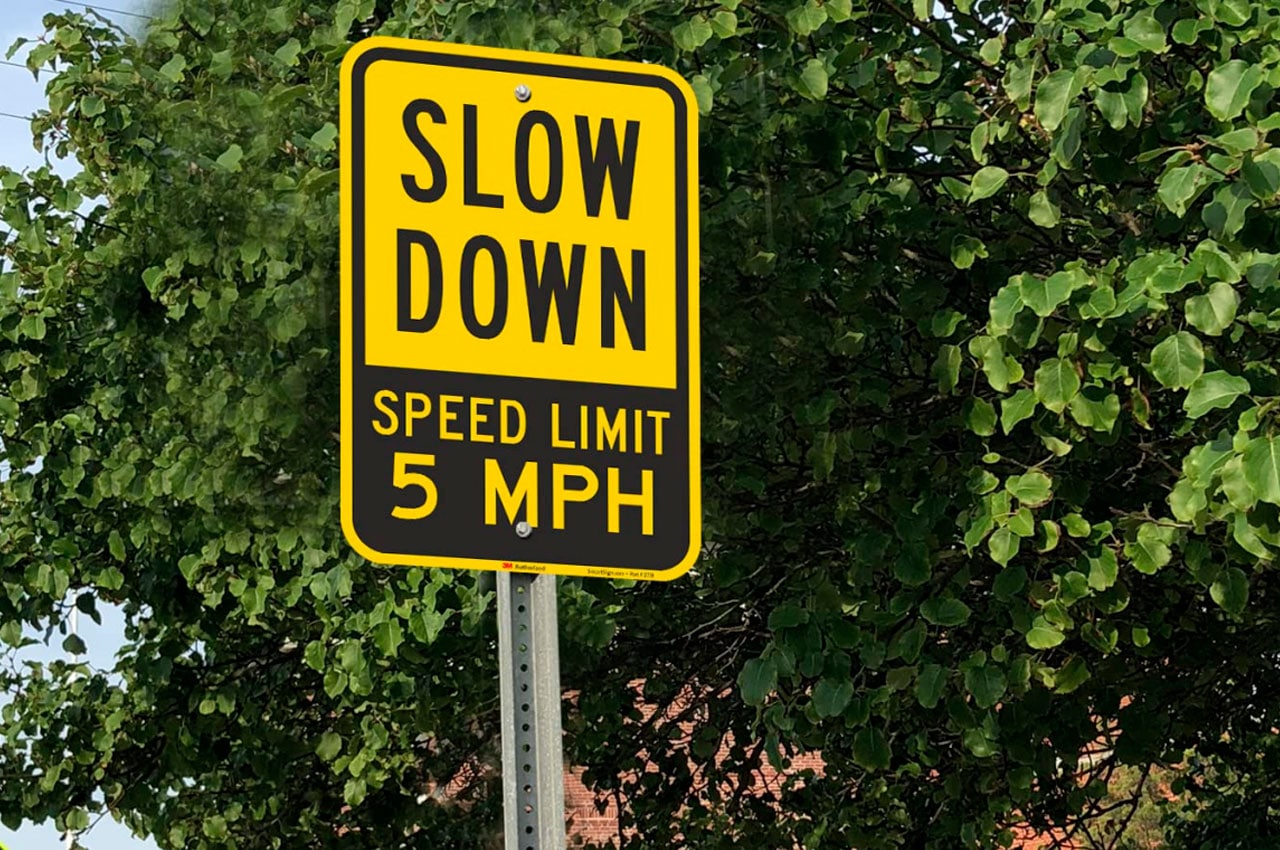
Photo: Amazon
First, we contacted our compatriot Feruza Abduazimova, who lives in America. She has lived in Virginia for 20 years and is an administrator at the World Bank’s Washington office.
Traffic speeds in Virginia and Washington states
- In the US, the speed limit is 5 miles per hour (8 km/h) in communities where families with children live. I drive 5 minutes from my house to an 8-lane highway where cars drive at an average speed of 45 miles per hour (72 km/h). We also have highways where there are no people, no traffic lights, and cars can easily go up to 90 miles per hour (144 km/h).
School streets also have a different speed limit: Drivers are limited to 25 miles per hour (40 km/h). As you approach school grounds, road signs remind you to drive at that speed.
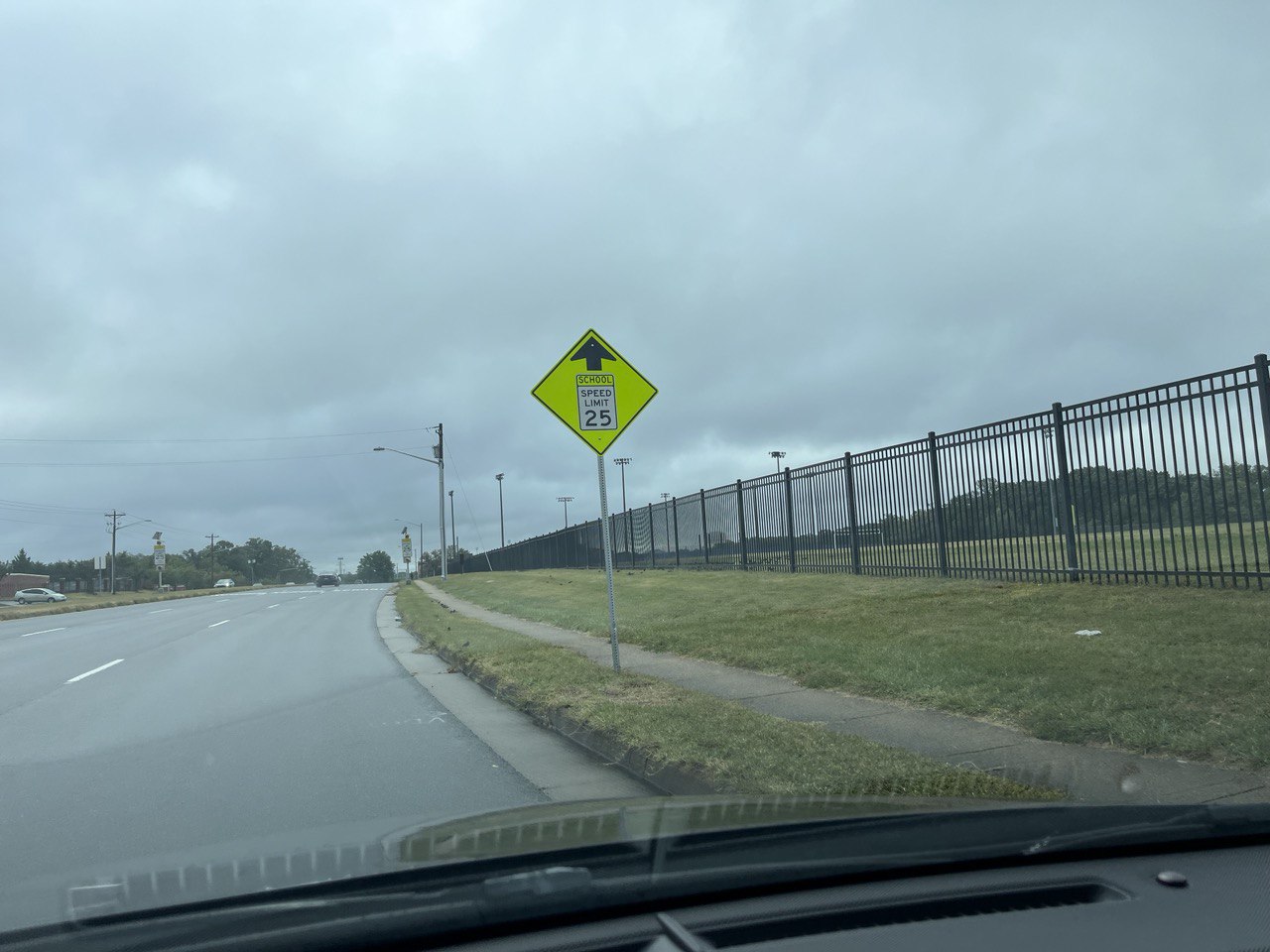
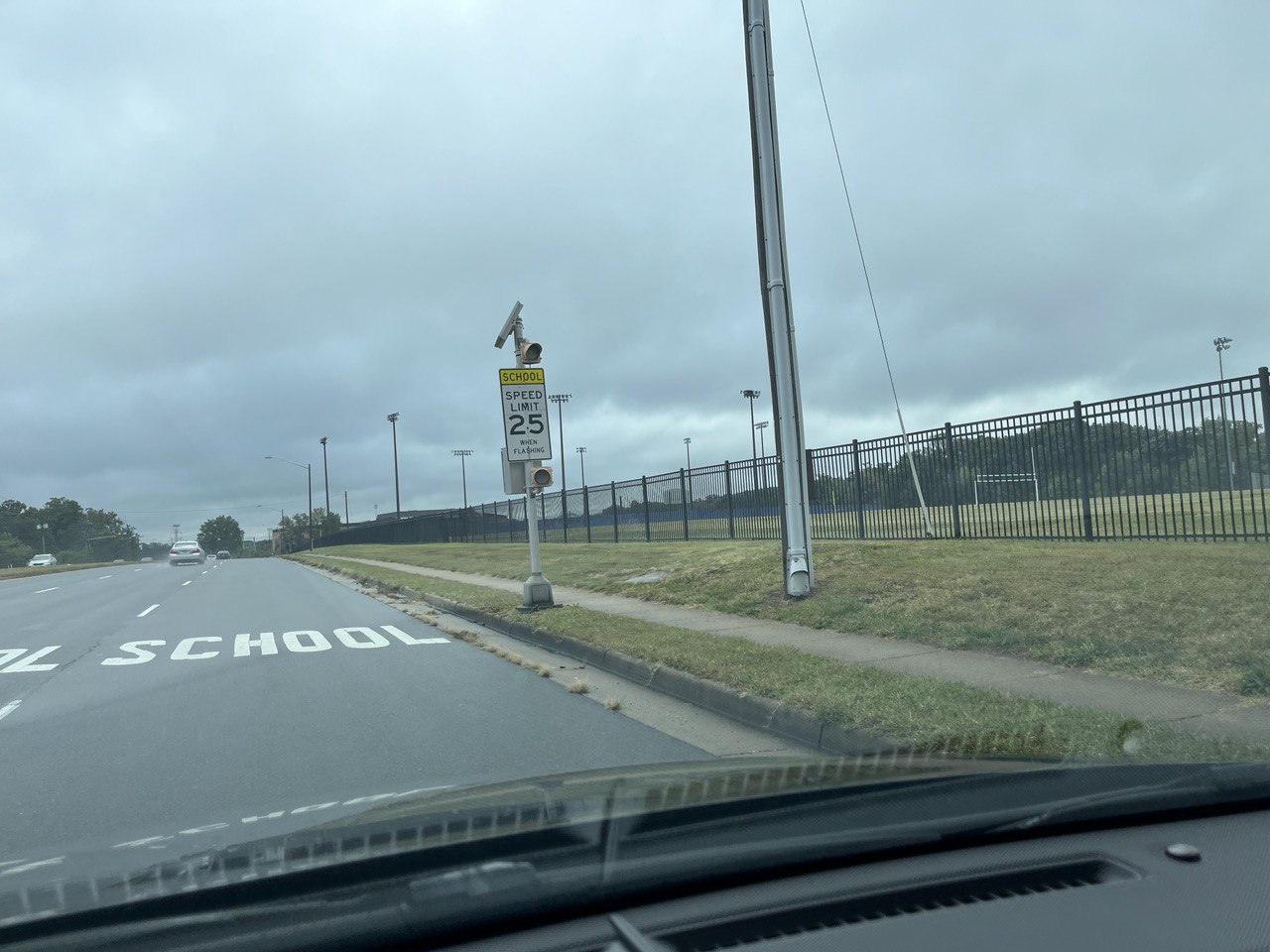
Washington is a big city; Unlike Virginia, here the high-rise buildings are located along the road. But even there, traffic in populated areas is 5 miles per hour, with some areas averaging 35 miles per hour (56 km/h). These figures vary depending on the number of cars and population density.
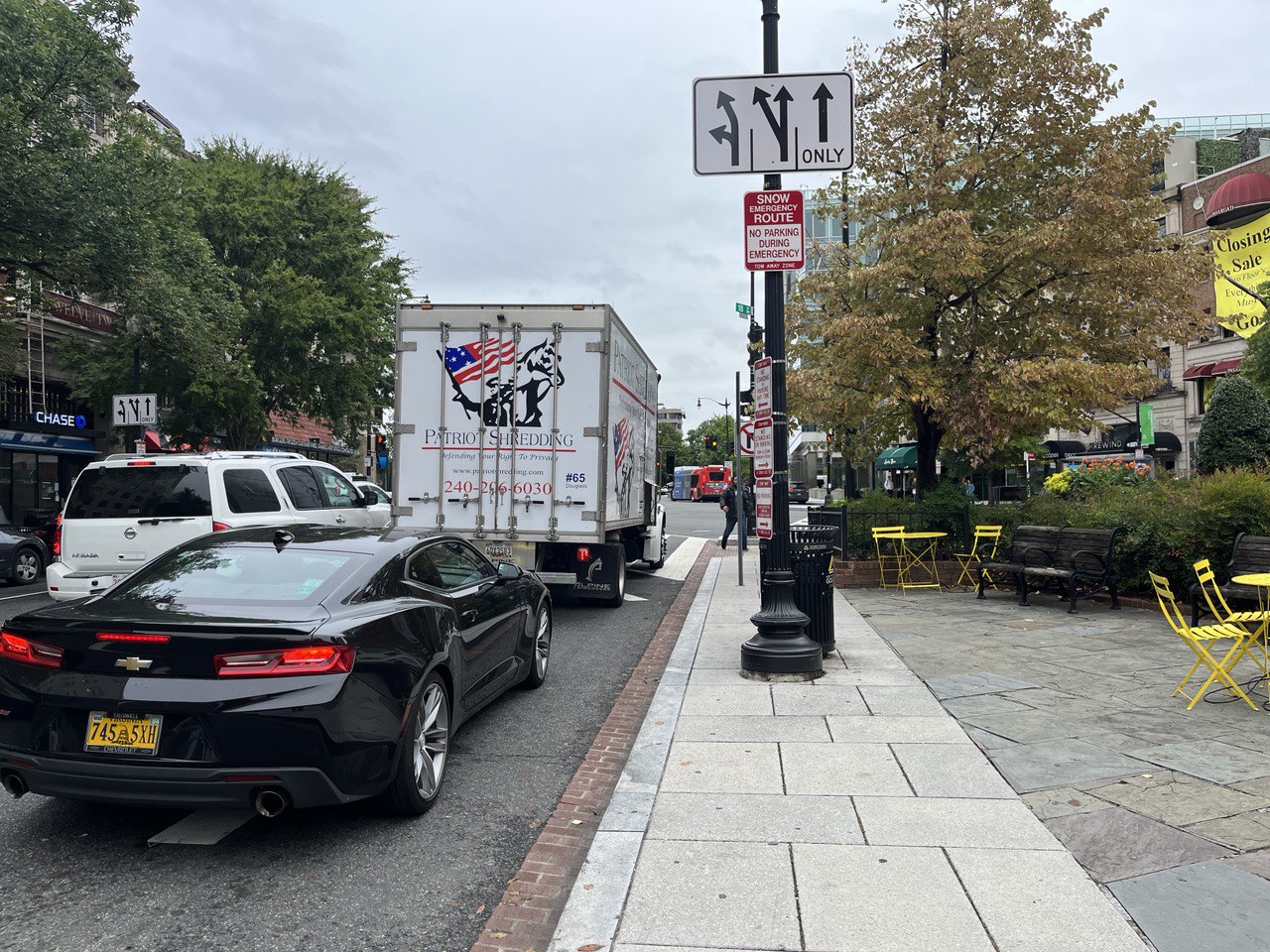
In the US, the rights of pedestrians, especially children, are seriously protected.
- Sidewalks for pedestrians are mandatory. I have never seen people walking on the highway.
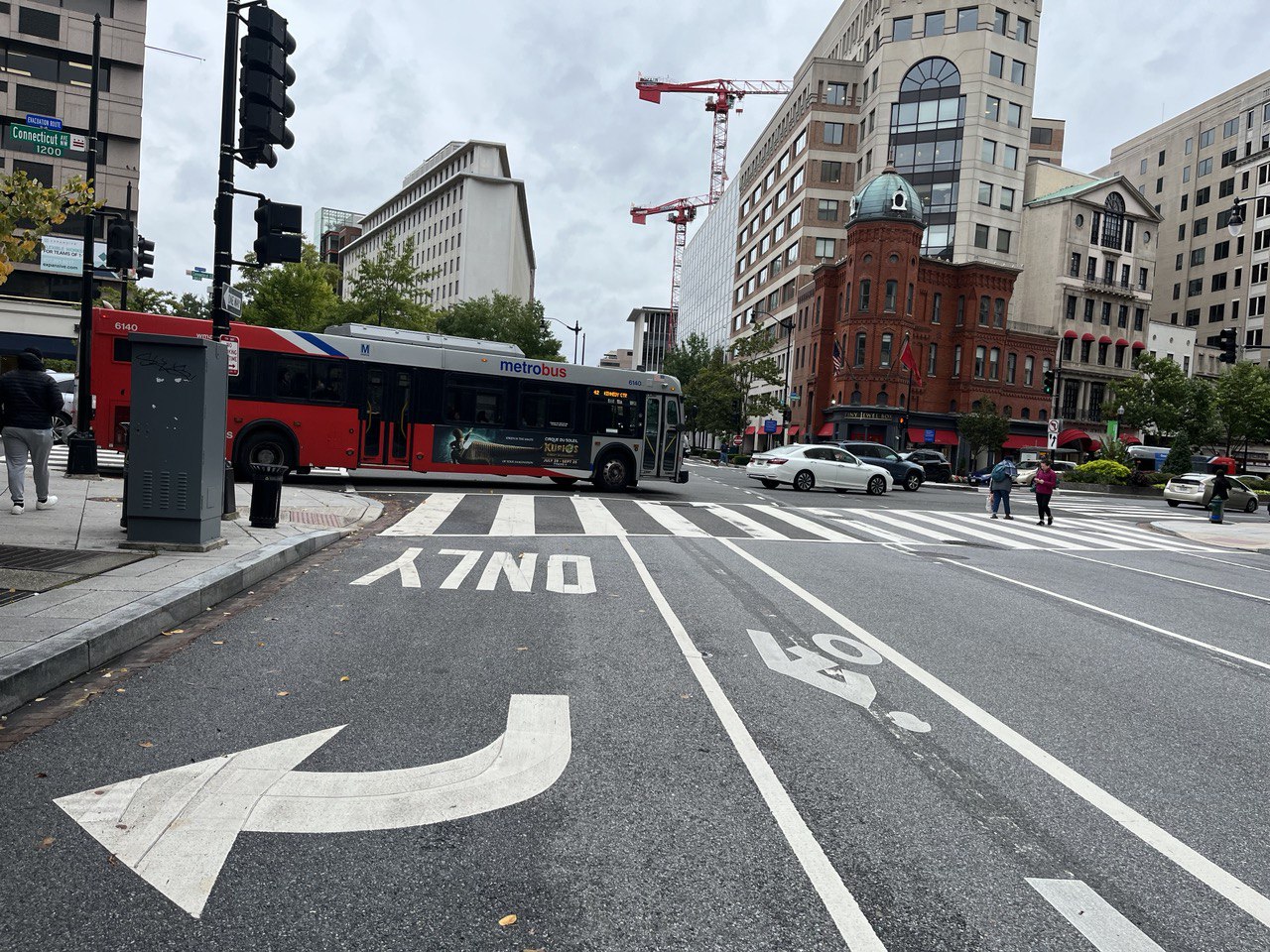
In addition, in order to ensure the safety of children, students are taken away every morning from specially designated places by special buses. One school is served by 100-150 buses. All children must sit in these buses, no one must ride standing up. If the child does not have enough space, he will have to take the next bus. That is, the number of children is counted here.
Inside the block, there are STOP signs at every turn. You cannot turn around without stopping. If the bus stops when we turn, no one moves until the bus picks up the kids. It doesn’t matter if you’re in a hurry or not. And if a car passes, the bus driver will report to competent authorities where its number should go, after which the driver will be fined. In general, the United States is doing everything to protect the rights of children.
Bicycles and cars for rent by the hour
- In cities, people mostly walk or ride a bike. Because they live, as a rule, not far from their office. In addition, most Washington residents do not drive because parking is very expensive and it is hard to find vacant parking spaces.
There is also a subway in Washington DC, but it often breaks down and travel is expensive. Therefore, more and more people prefer to use bicycles.
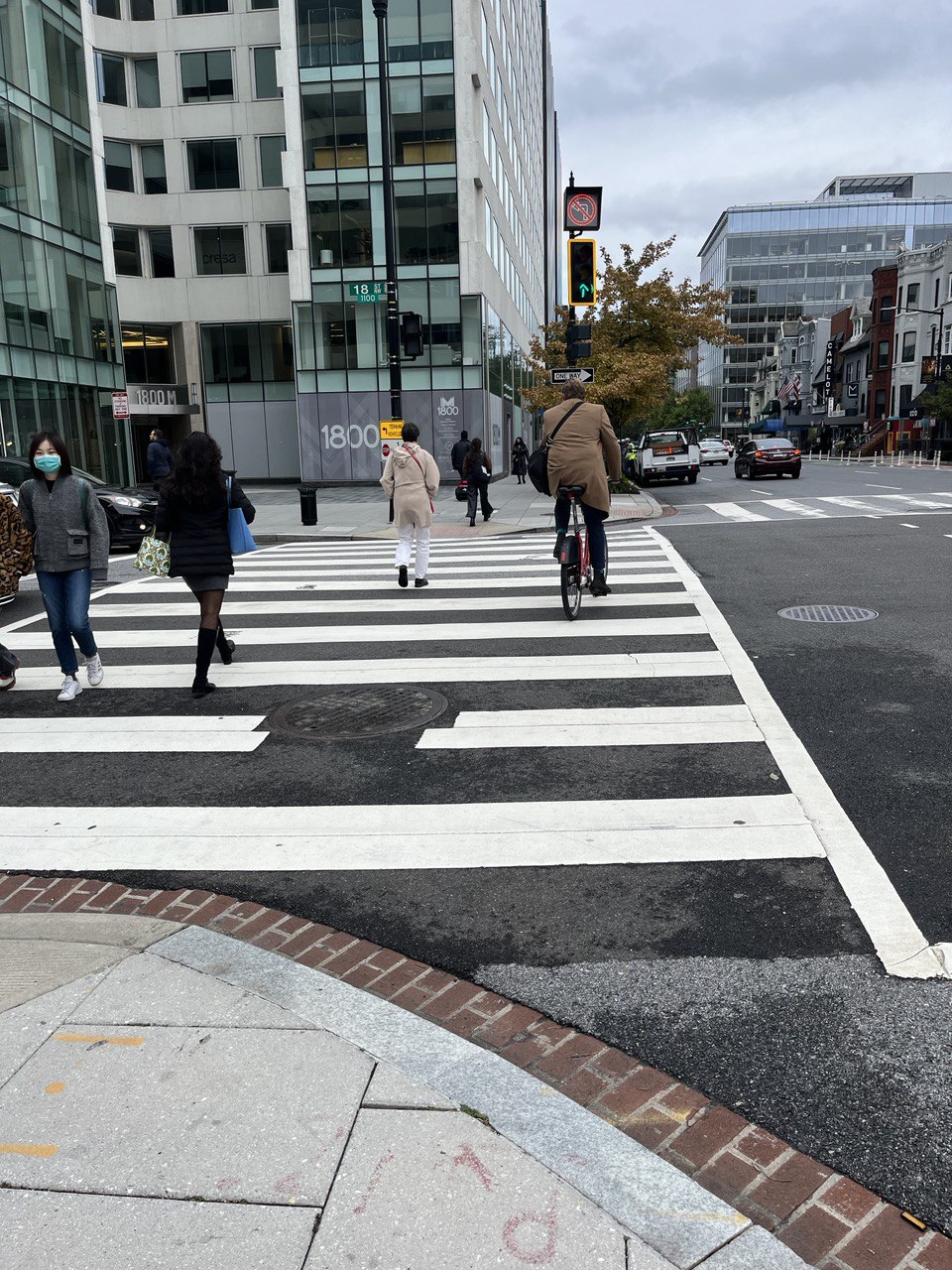
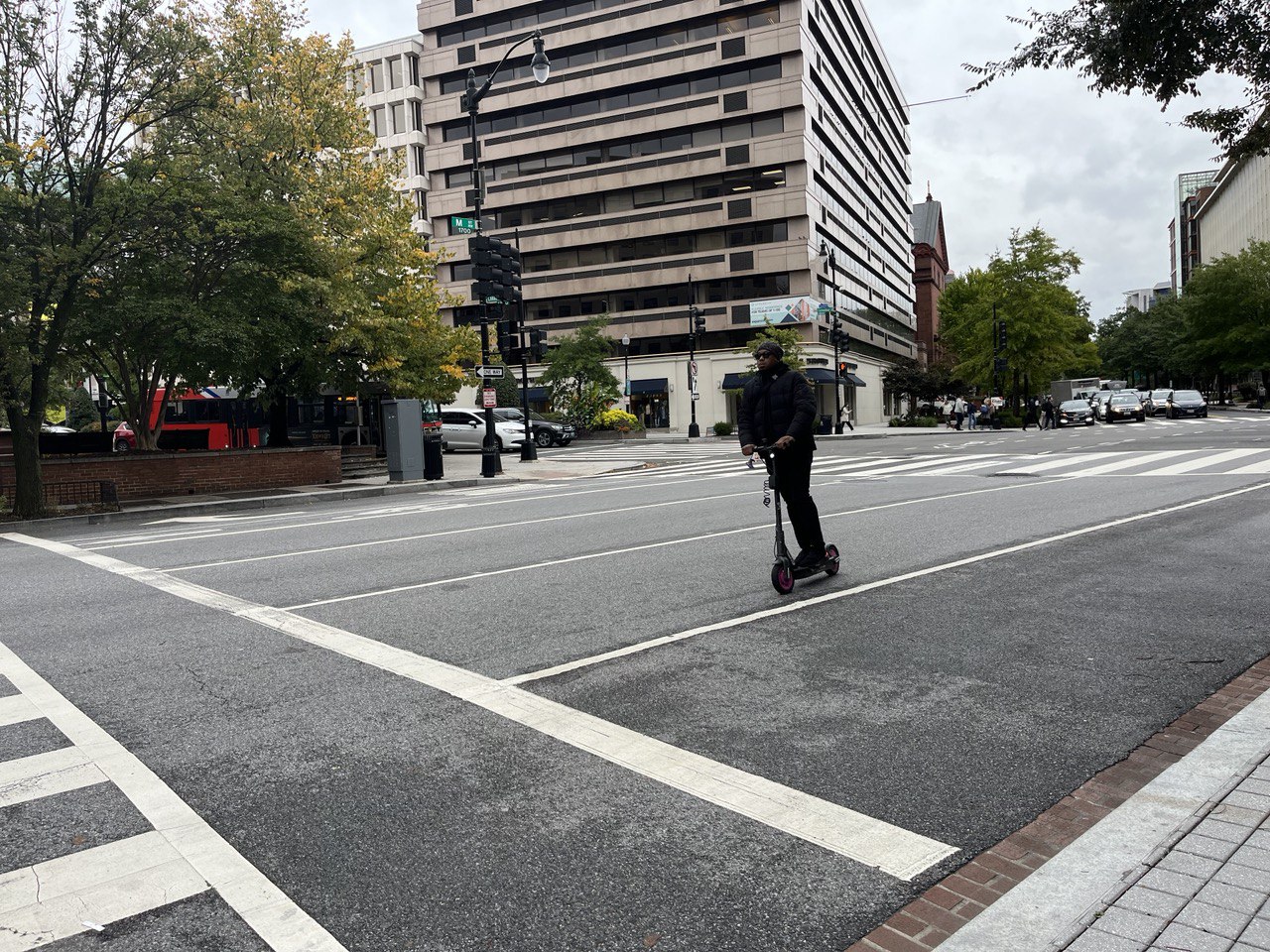
But outside the city, for example, in Virginia, Maryland, there are few cyclists. Hourly car rentals are more popular there. That is, they prefer cars with hourly pay to get to the market or to study, or to perform some short-term work.
***
What is the traffic speed in South Korea?
Sirojiddin Matlabov, who has been living in Gwangju, Gyeonggi Province, not far from the capital of South Korea, for 4 years, said that almost all streets have detailed signs about the speed of vehicles.
- Cars should move around the city at a speed of no more than 60-70 km/h. On motorways, the speed limit is 100 km/h, and around schools or kindergartens up to 30 km/h.
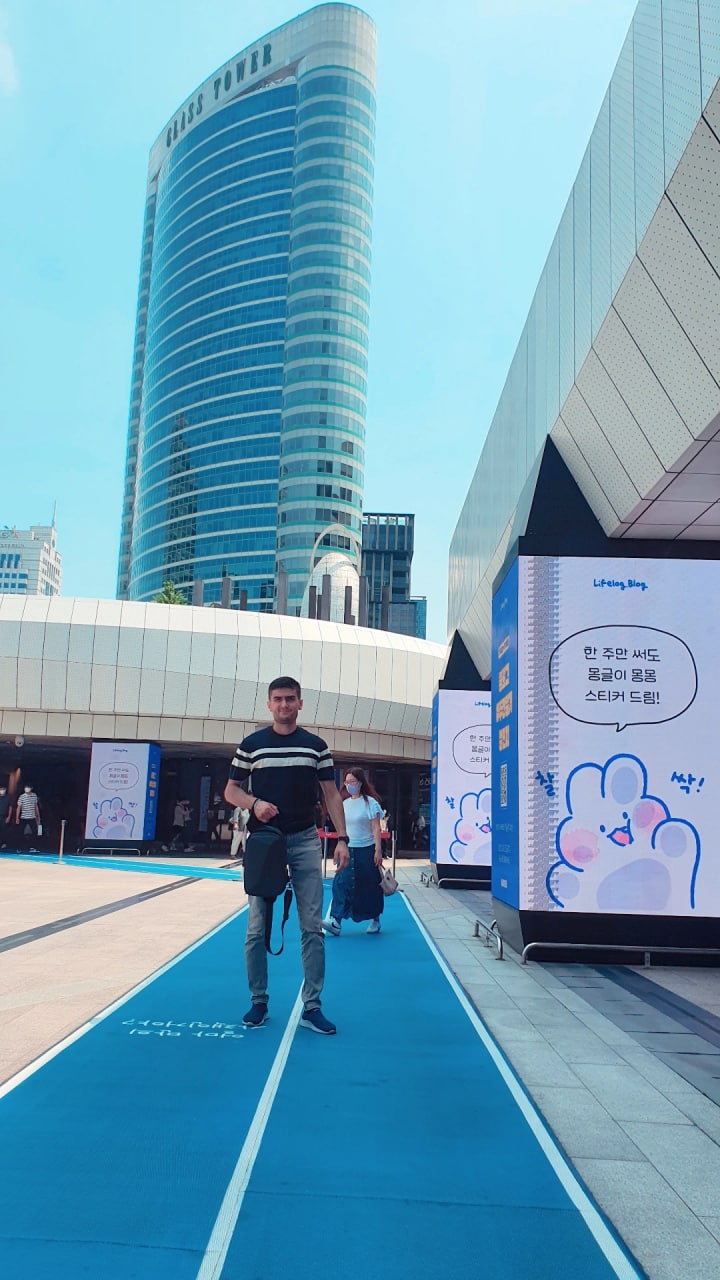
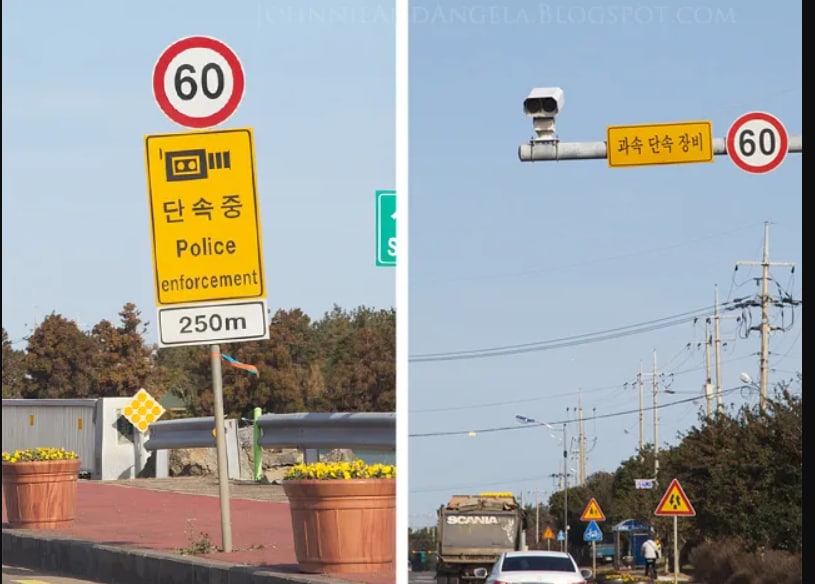
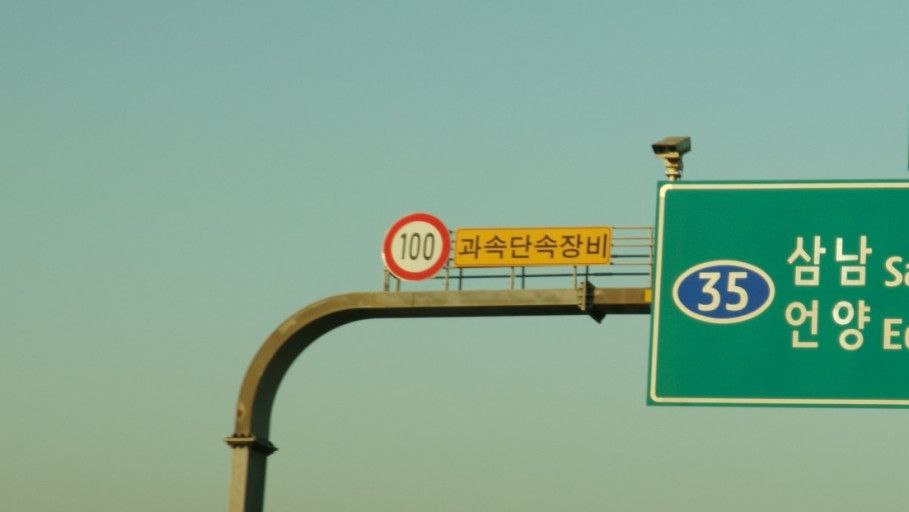
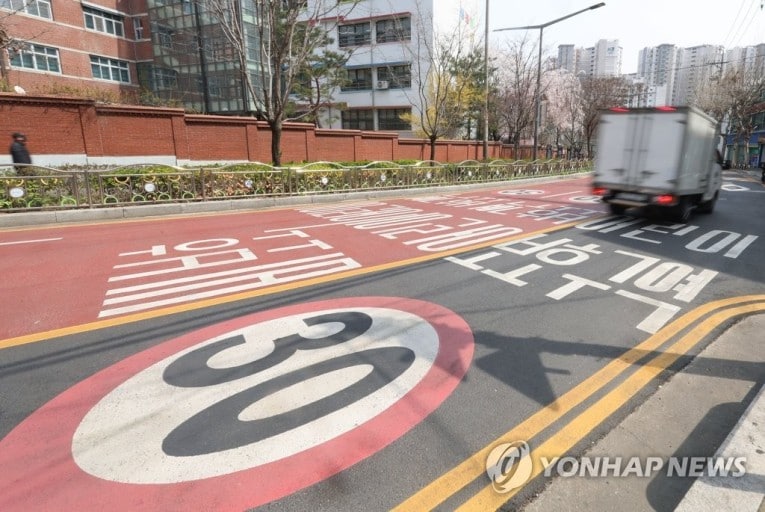
Of course, there are separate paths for pedestrians. On hot days, special umbrellas are installed at intersections so that pedestrians do not stand under the sun. In winter, heated seats are installed at train stations to keep passengers warm. A person with a cold can easily warm up and then go to their destination.
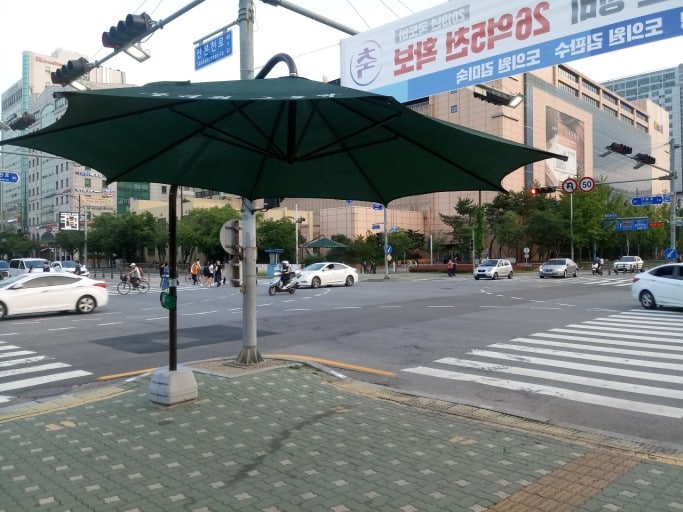
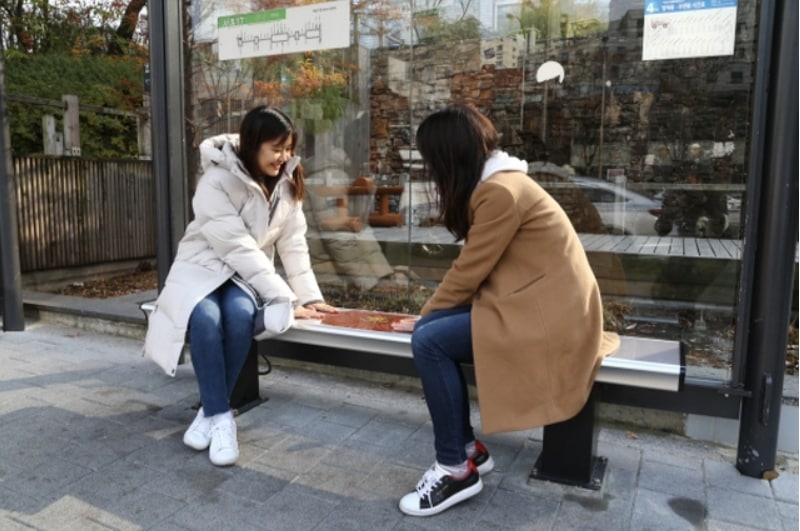
Most use the subway or bus
- Those who do not have a car in South Korea are more likely to use the bus or subway. After all, these vehicles can be driven not only to areas within the metropolis, but also to other cities around it.
Accordingly, the buses are painted in green, red or other colors. Greens run around the city, while reds also go to the suburbs. There are other intercity buses that can take you to any city in Korea.
Prices are as follows: green bus 1,400 won ($1), red bus 2,800 won ($2). Prices for intercity buses vary depending on the destination.
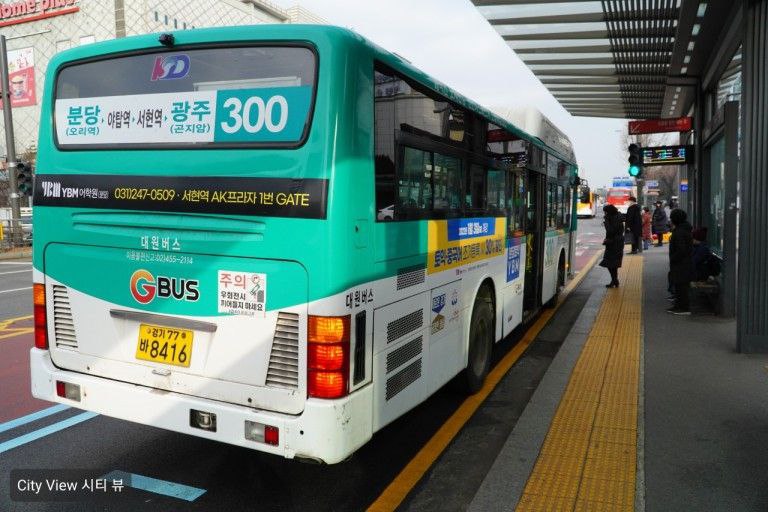
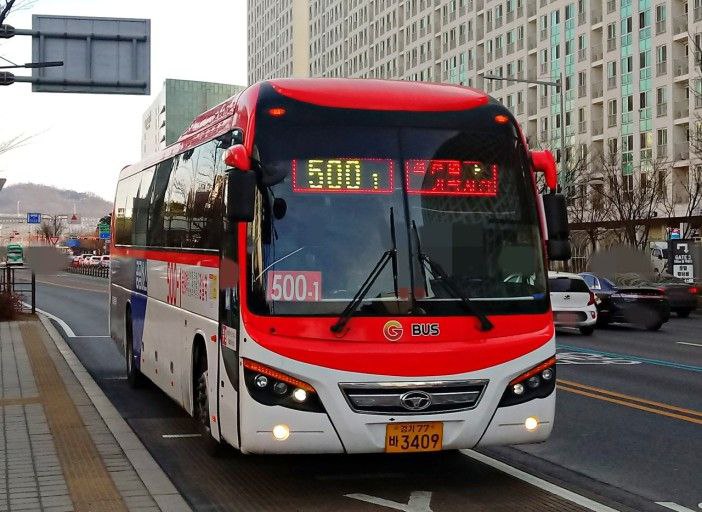
The subway is very safe, with protective glass on the platform line to prevent people from falling onto the tracks. This glass door only opens when the subway train arrives.
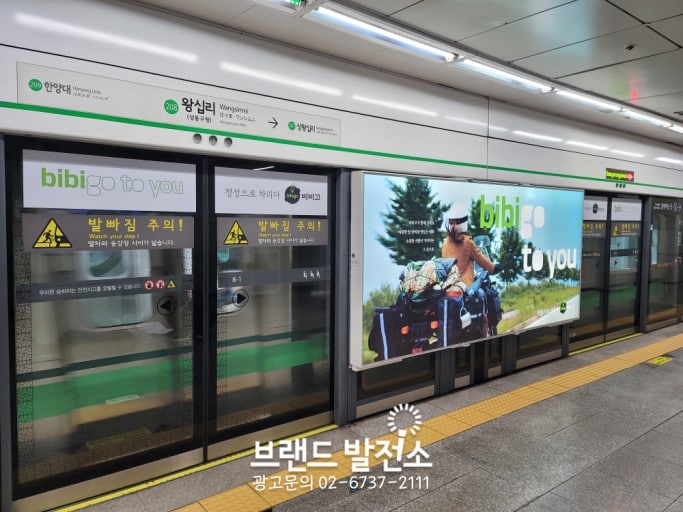
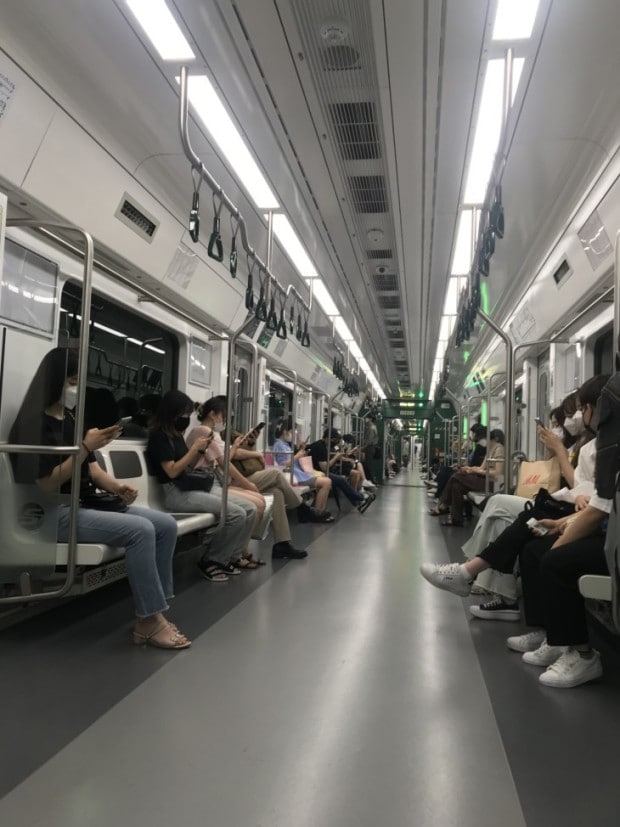
However, people ride bicycles mainly for physical education in the morning and in the evening after dinner. Koreans take a healthy lifestyle very seriously. After eating in the evening, they never go to bed. They either walk on foot or, as I said, ride a bicycle.
***
Otabek Shodiyorov, a student at Tashkent State University of Law who is currently studying at Japan’s Doshisha University, said that in Kyoto, the maximum speed is 60 km/h.

- On some streets of the city, the speed limit is 40 km per hour. The speed on the main highways is 100 km per hour. In general, driving in Japan is safe. There are fewer accidents compared to other European countries.
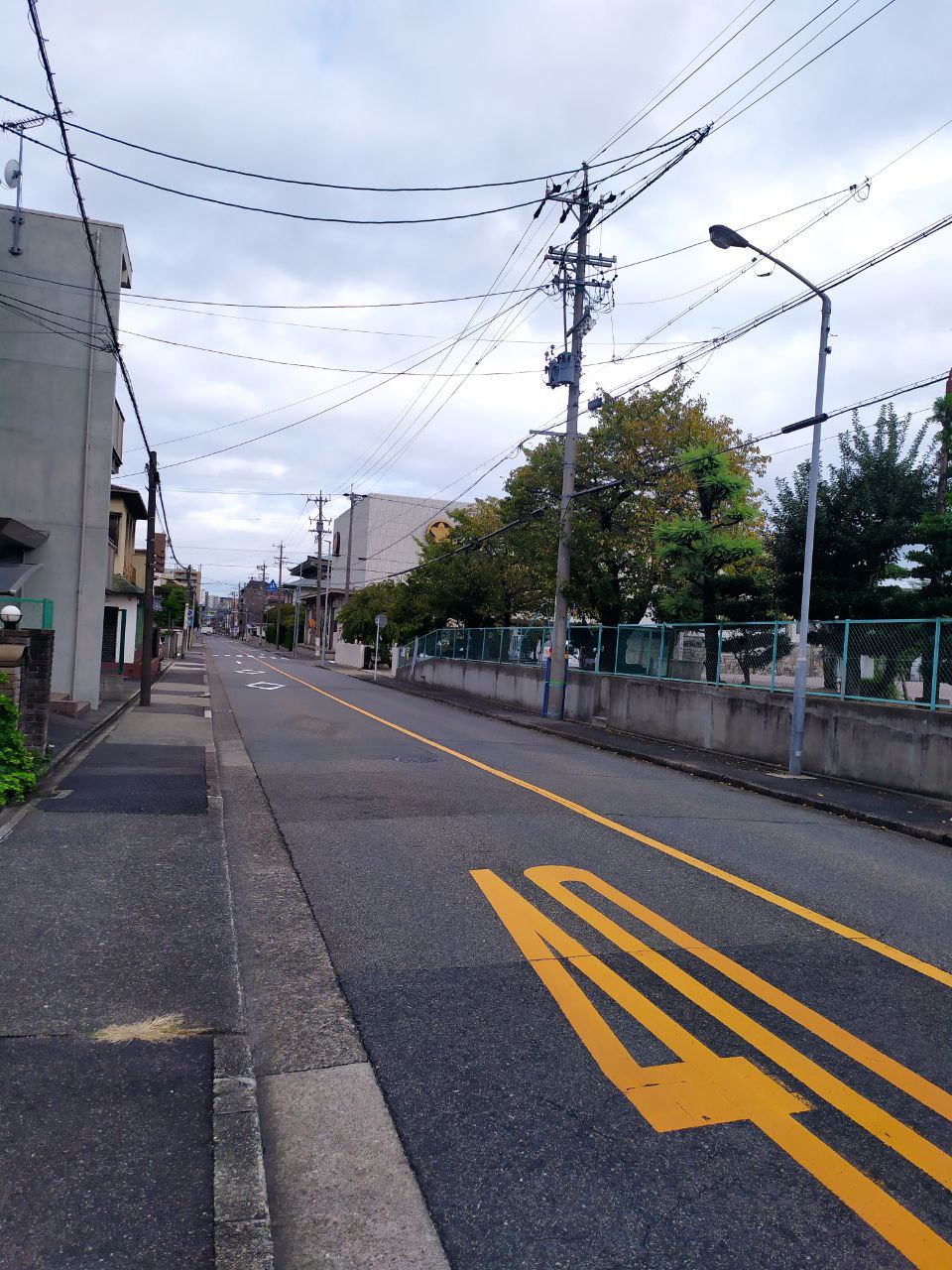
The roads are kept in very good condition and the signs meet international standards. Signs are in Japanese and English. The roads here are narrow and the traffic lights are plentiful and often switched to avoid traffic jams. Pedestrians in Japan are very attentive to traffic lights, they will not move until they see a green light, even if there are no approaching cars. I have not yet seen a Japanese who would run a red light.
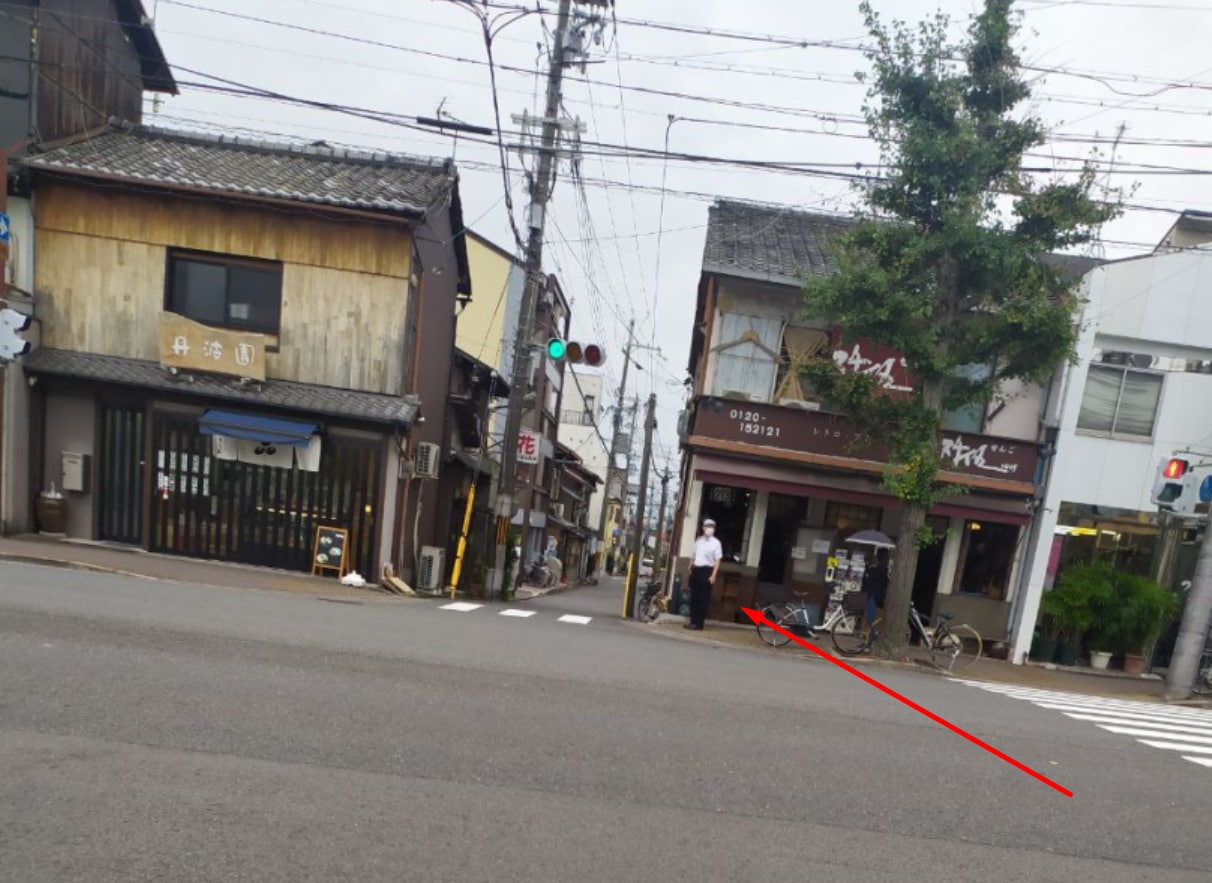
In general, good conditions have been created for pedestrians. Almost everywhere there are special sidewalks and signs for the blind and people with hearing disabilities. Traffic lights also make a sound and have special signals. Depending on the light of the traffic light, the sounds change.
Also, if there is an intersection on the street where a school or university is located, traffic police officers, and sometimes volunteers, take the initiative and take the children across the road. For example, recently I saw how two elderly people with flags in their hands led a group of children across the road. This is what I like the most.
Bicycles are free in Kyoto, buses and subways are a bit more expensive. Therefore, almost the entire population, young and old, rides bicycles.
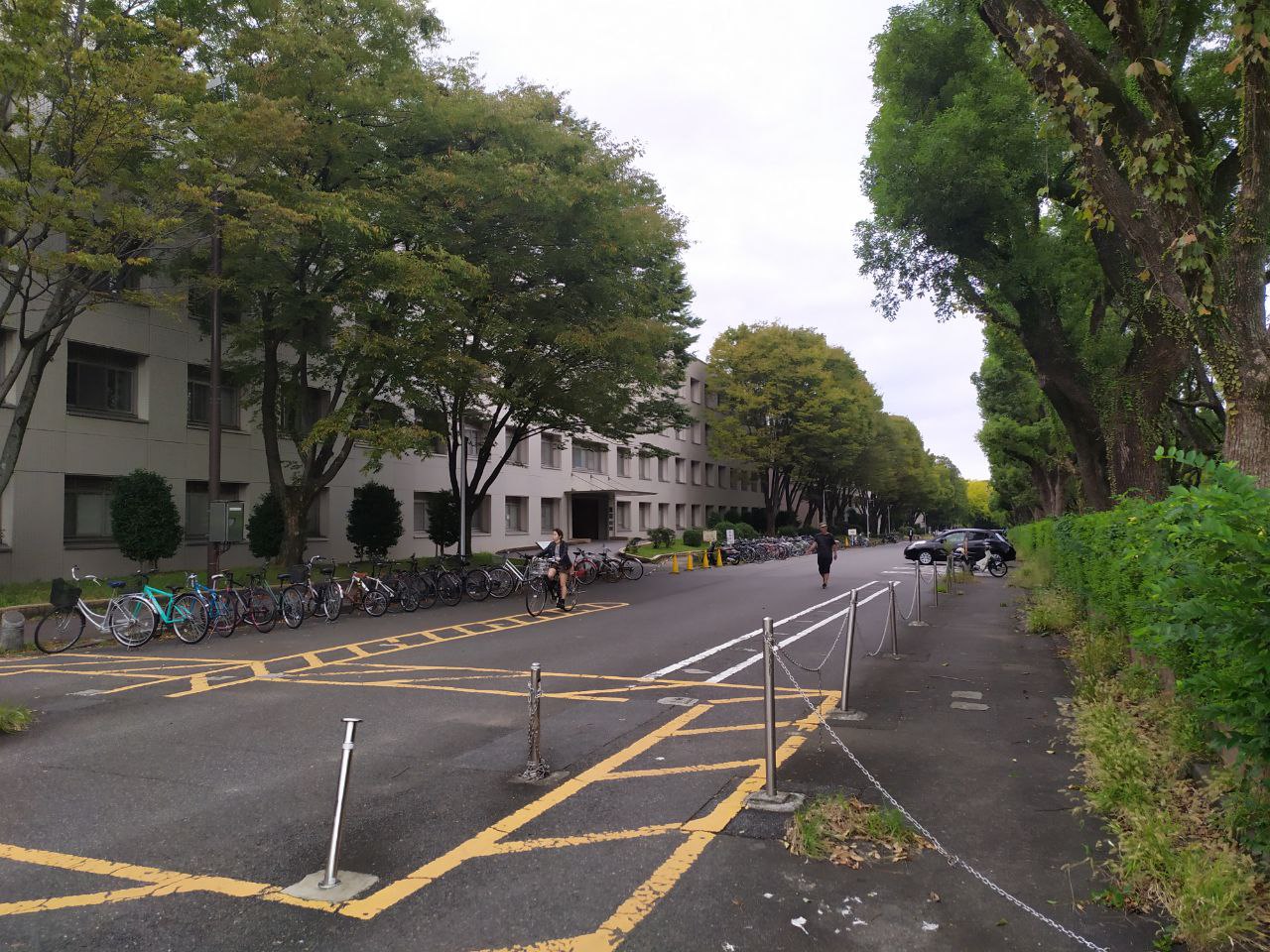
Recommended
List of streets and intersections being repaired in Tashkent published
SOCIETY | 19:12 / 16.05.2024
Uzbekistan's flag flies high on Oceania's tallest volcano
SOCIETY | 17:54 / 15.05.2024
New tariffs to be introduced in Tashkent public transport
SOCIETY | 14:55 / 05.05.2023
Onix and Tracker cars withdrawn from sale
BUSINESS | 10:20 / 05.05.2023
Latest news
-
New wind power plant to be built in Tashkent region
SOCIETY | 21:21 / 04.07.2025
-
Shavkat Mirziyoyev holds talks with Shehbaz Sharif, discusses strengthening Uzbekistan-Pakistan strategic partnership
POLITICS | 19:04 / 04.07.2025
-
Senate of Uzbekistan signs cooperation program with UN Population Fund
POLITICS | 19:02 / 04.07.2025
-
Shavkat Mirziyoyev calls for end to violence in Gaza, urges recognition of Palestinian state
POLITICS | 17:31 / 04.07.2025
Related News
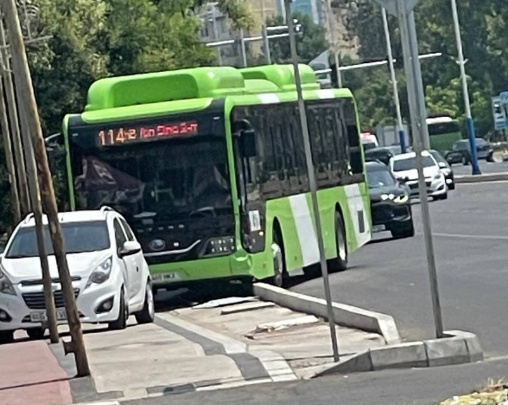
22:03 / 29.06.2024
Passenger bus involved in road accident in Tashkent
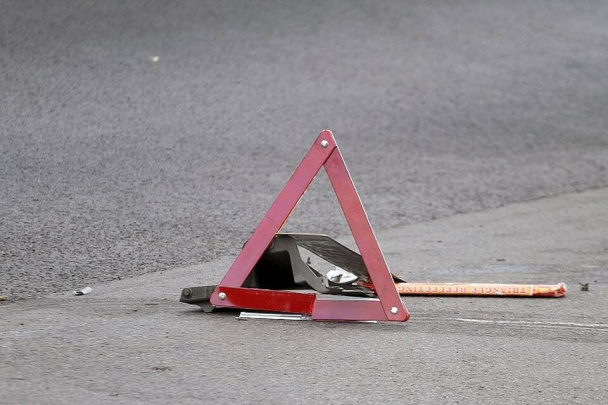
09:34 / 29.06.2024
Truck collides with a passenger bus in Syrdarya
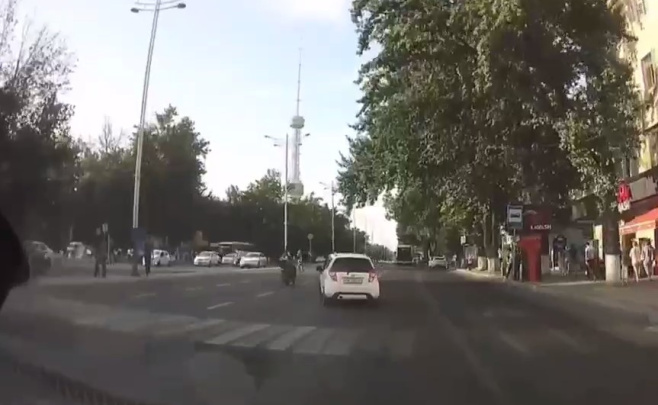
12:27 / 27.06.2024
Spark driver intentionally hits scooter driver in Tashkent (video)
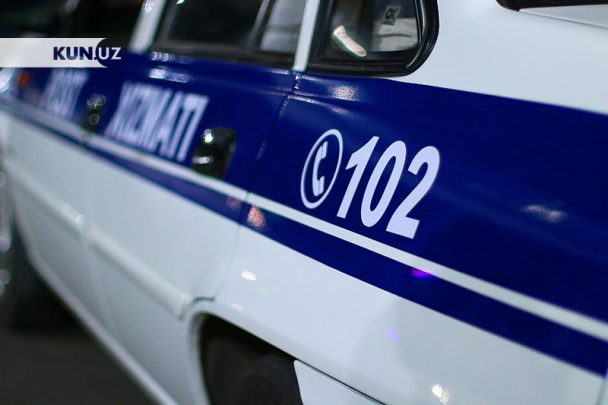
16:05 / 26.06.2024



